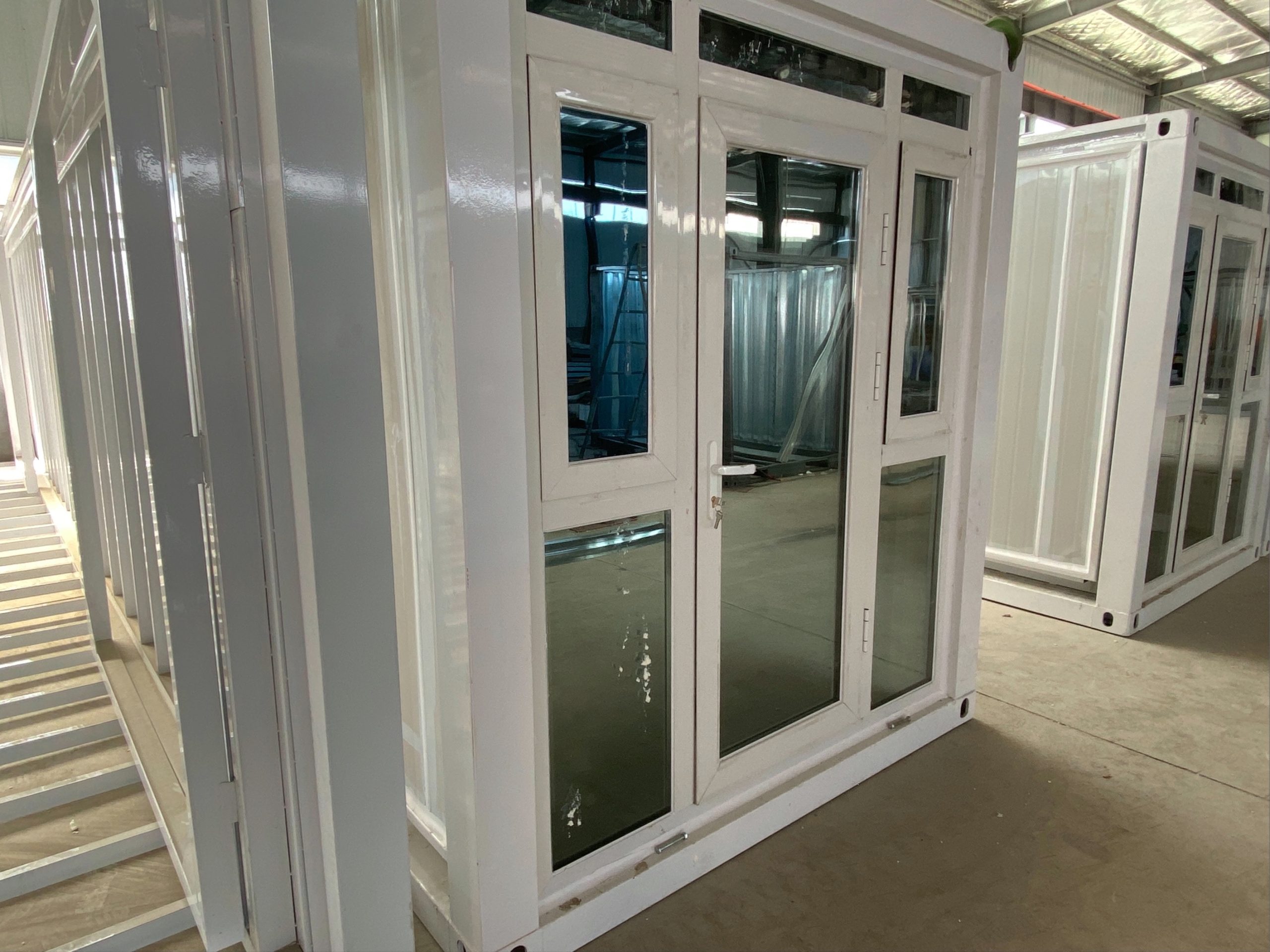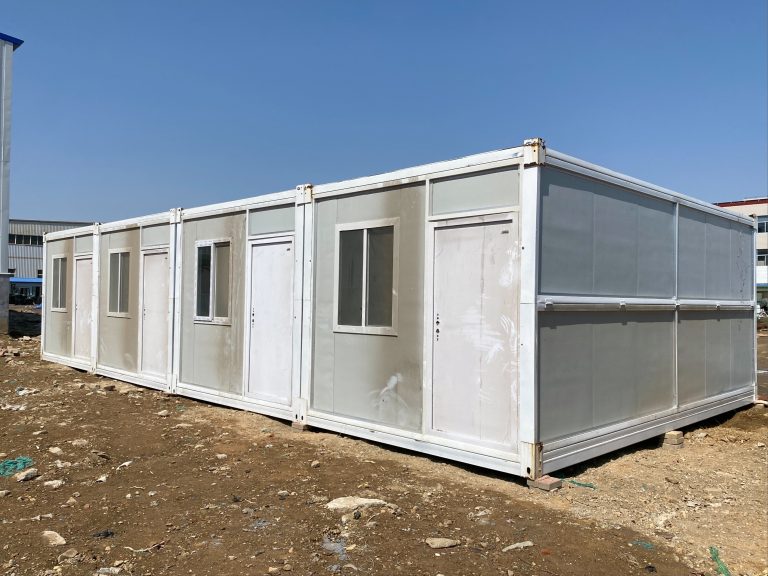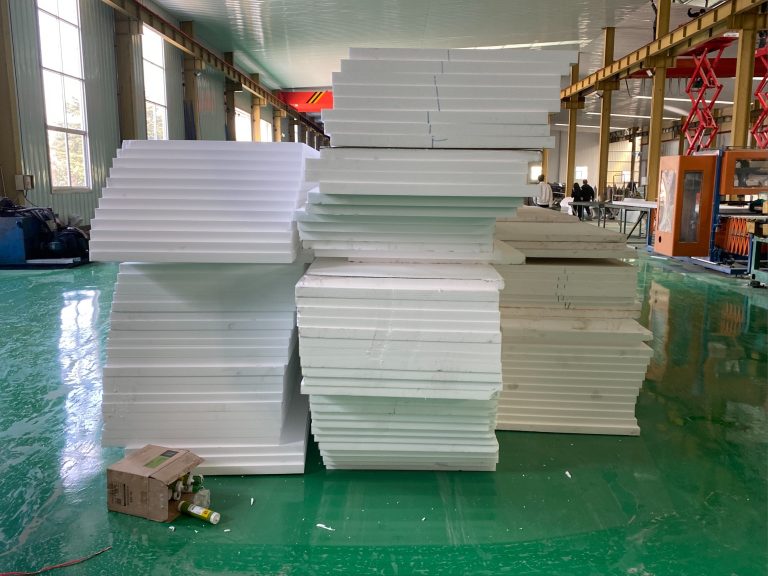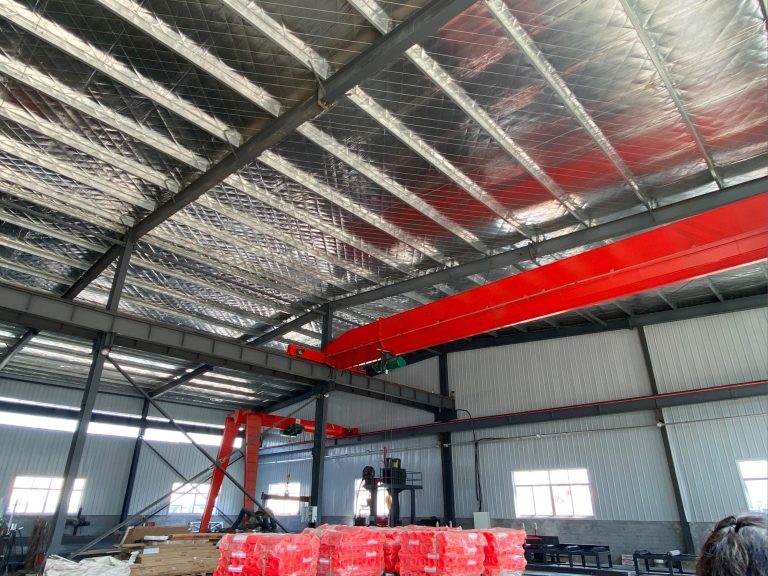Innovative design and application of steel structure in ocean engineering
Table of Contents
Benefits of Using Steel Structures in Offshore Wind Farms
Steel structures have long been a popular choice for various construction projects due to their strength, durability, and versatility. In recent years, the use of steel structures in ocean engineering, particularly in offshore wind farms, has gained significant traction. The innovative design and application of steel structures in this sector have brought about numerous benefits, making them a preferred choice for developers and engineers alike.
One of the key advantages of using steel structures in offshore wind farms is their ability to withstand harsh marine environments. The corrosive nature of seawater and the constant exposure to high winds and waves can pose significant challenges for traditional construction materials. Steel, however, is highly resistant to corrosion and can withstand the rigors of the marine environment, making it an ideal choice for offshore applications.
In addition to their durability, steel structures offer excellent structural integrity, providing a stable and reliable foundation for offshore wind turbines. The high strength-to-weight ratio of steel allows for the construction of lightweight yet robust structures that can support the weight of the turbines and withstand the forces exerted by wind and waves. This structural stability is crucial for ensuring the safety and longevity of offshore wind farms.
Furthermore, the modular nature of steel structures allows for easy and efficient assembly and installation. Offshore wind farms are often located in remote and challenging environments, making construction and maintenance operations difficult and costly. Steel structures can be prefabricated offsite and transported to the installation site, reducing construction time and minimizing disruption to the surrounding ecosystem. This modular approach also allows for easy scalability, making it possible to expand existing wind farms or relocate structures as needed.
Another significant benefit of using steel structures in offshore wind farms is their sustainability. Steel is a highly recyclable material, with a high recycling rate that minimizes waste and reduces the environmental impact of construction projects. Additionally, the long lifespan of steel structures means that they can be reused or repurposed for future projects, further enhancing their sustainability credentials.
The innovative design and application of steel structures in ocean engineering have also led to advancements in offshore wind farm technology. Engineers and developers are constantly exploring new ways to optimize the design of steel structures to improve efficiency, reduce costs, and enhance performance. From innovative foundation designs to advanced coating technologies, steel structures continue to drive innovation in the offshore wind industry.
In conclusion, the benefits of using steel structures in offshore wind farms are clear. Their durability, structural integrity, ease of installation, sustainability, and potential for innovation make them an ideal choice for ocean engineering projects. As the demand for renewable energy continues to grow, steel structures will play a crucial role in the development of offshore wind farms, helping to harness the power of the wind and drive the transition to a more sustainable future.
Future Trends in Steel Structure Design for Underwater Habitats
Steel structures have long been a staple in the construction industry due to their strength, durability, and versatility. In recent years, the innovative design and application of steel structures have extended beyond traditional buildings and bridges to the realm of ocean engineering. This shift has opened up new possibilities for the development of underwater habitats and structures that can withstand the harsh conditions of the ocean environment.

One of the key advantages of using steel structures in ocean engineering is their ability to resist corrosion. The high tensile strength of steel makes it an ideal material for withstanding the corrosive effects of saltwater, making it a durable and long-lasting option for underwater structures. Additionally, steel structures can be easily fabricated off-site and transported to the desired location, reducing construction time and costs.
Innovative design techniques have further enhanced the application of steel structures in ocean engineering. Advanced computer modeling and simulation tools allow engineers to optimize the design of steel structures for specific underwater environments, taking into account factors such as water pressure, wave action, and marine life. This level of precision ensures that steel structures are not only strong and durable but also environmentally friendly and sustainable.
One area where steel structures have shown great promise in ocean engineering is in the development of underwater habitats. These habitats provide a safe and comfortable living environment for researchers, divers, and marine biologists working in the depths of the ocean. Steel structures can be designed to withstand the high pressures and extreme temperatures found in deep-sea environments, making them an ideal choice for underwater habitats.
The design of underwater habitats requires careful consideration of factors such as buoyancy, stability, and accessibility. Steel structures can be easily customized to meet these requirements, allowing for the creation of innovative and functional underwater habitats. For example, modular steel structures can be assembled on-site to create multi-level habitats that can accommodate a variety of research and living spaces.
In addition to underwater habitats, steel structures are also being used in the construction of offshore platforms and subsea pipelines. These structures play a crucial role in the extraction of oil and gas from beneath the ocean floor, providing support for drilling equipment and transportation systems. Steel structures are well-suited for these applications due to their strength, durability, and resistance to corrosion.
As the demand for offshore energy production continues to grow, the design and application of steel structures in ocean engineering will only become more important. Engineers are constantly exploring new ways to improve the performance and efficiency of steel structures in underwater environments, leading to the development of innovative solutions that push the boundaries of what is possible.
In conclusion, the innovative design and application of steel structures in ocean engineering have opened up new possibilities for the development of underwater habitats, offshore platforms, and subsea pipelines. Steel structures offer a durable, cost-effective, and environmentally friendly solution for construction in the harsh conditions of the ocean environment. With continued advancements in design techniques and materials, the future of steel structures in ocean engineering looks bright.





